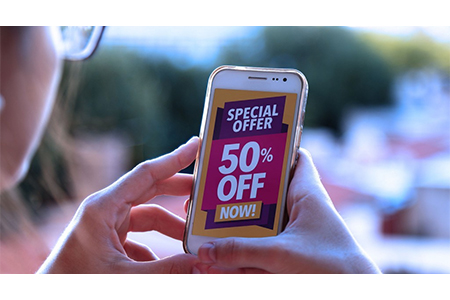
You open an app to check the weather. Before the forecast loads, you see an offer for 20 percent off your favorite coffee. You did not search for it. You did not ask for it. But it showed up at the perfect time. That is the magic of mobile advertising. It knows where you are, what you like, and how to reach you.
People spend hours every day on their phones. They scroll through social media, play games, watch videos, and shop. In the middle of all this, brands are quietly speaking to them through mobile ads. These are not random. They are smart, relevant, and timely. That is what makes them so powerful.
Overview of Mobile Advertising
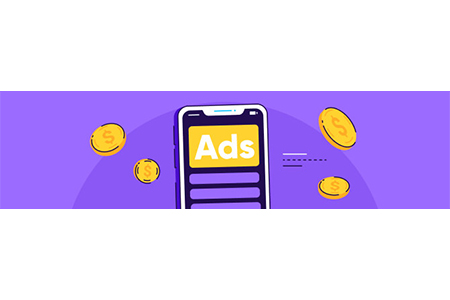
Mobile advertising is the practice of delivering ads to people through their smartphones and tablets. It happens while people use mobile apps, browse the web, or even just move around with location services on.
As smartphone use keeps growing, so does this form of advertising. In fact, most people now spend more time on their phones than on computers. This shift has made mobile ads a top priority for marketers.
From small local stores to global companies, everyone is trying to get a spot on your screen. That is because your screen is your world. And for advertisers, that world is full of opportunity.
How does mobile advertising work?
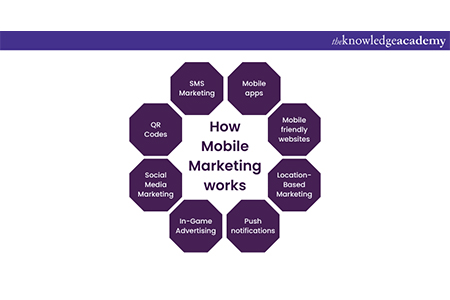
The process starts with choosing the right audience. Advertisers decide who they want to reach based on age, interests, location, or past behavior. All this is made possible through the data collected by apps, websites, and platforms.
Once the audience is set, the ad is placed using platforms like Google Ads, Facebook, or other mobile advertising networks. These platforms decide where and when to show the ad, whether inside a game, on a social feed, or within a video.
Then comes the user interaction. A person might tap to download an app, make a call, visit a site, or watch a short video. Every action is tracked to measure how well the ad is doing. If something does not work, the campaign can be adjusted in real-time.
This system is fast, smart, and designed to put the right message in the right hands at the right moment.
Types of Mobile Ads
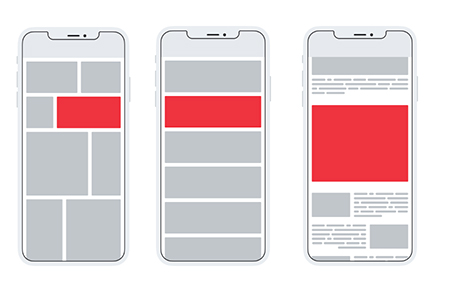
Not all mobile ads look or work the same. Each type serves a different purpose and fits different goals. Here are some of the most common types.
Click to Call Ads
These let users tap a button to instantly call a business. They are often used by local shops, clinics, or service providers who want direct contact. It saves time and makes it easy for users to take action.
Click to Download Ads
These lead straight to the app store. Perfect for app-based businesses, these ads help increase downloads with a single tap. They are widely used by gaming, finance, and shopping apps.
Rewarded Ads
These are popular in gaming apps. Users watch a short ad in exchange for a reward, like game coins or extra lives. It is a simple trade. Attention for value and it works well for both the user and the advertiser.
Geotargeted Ads
These ads are shown based on where the user is located. For example, someone near a restaurant might see a lunch deal. They are ideal for driving real-world visits and are often used by retail and food brands.
Interactive Poll Ads
These invite users to take part in a short poll or choose between options. They are engaging, quick, and useful for gathering opinions or making users feel involved with the brand.
Mobile Ad Formats
Mobile advertising offers many formats. Each format affects how the ad is displayed and how users interact with it.
Banner Ads
These are small ads placed at the top or bottom of the screen. They are easy to set up and work well for building awareness. While they are not very interactive, they are seen often and can reach a wide audience.
Video Ads
These are short clips shown before or during mobile content. They are good for showing products in action or telling a short brand story. With strong visuals and sound, video ads grab attention quickly.
Native Ads
These match the design of the app or site they appear in. They look like regular content, so they feel more natural. This makes users more likely to view or interact with them.
Interstitial Ads
These full screen ads show up between actions, like when moving between app sections. Because they take over the screen, they get more attention, but timing is key to avoid annoying users.
Rich Media Ads
These are more interactive than standard image or video ads. They might include animations, sliders, or small games. They create a stronger user experience and help people remember the brand.
What is driving the popularity of mobile advertising campaigns?
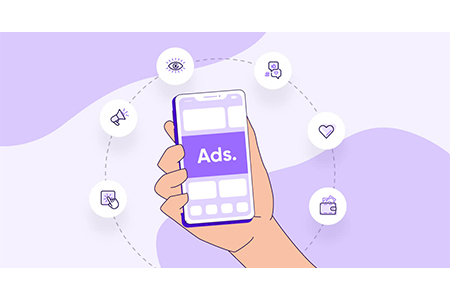
Many factors are pushing the growth of mobile ads:
- Widespread phone use: Almost everyone owns a phone, and many carry it everywhere.
- App culture: People spend hours each day inside apps, from banking to gaming. That gives advertisers more places to show ads.
- Precise targeting: Advertisers can target people based on interests, location, past behavior, and more.
- Faster devices: Newer phones and faster networks mean better performance for rich ads and video.
- Budget flexibility: Campaigns can start small and scale up based on performance.
- Quick results: Data comes in quickly, so advertisers can adjust or improve the campaign while it runs.
All of this makes mobile advertising one of the most effective tools for modern marketing.
Benefits of Mobile Advertising
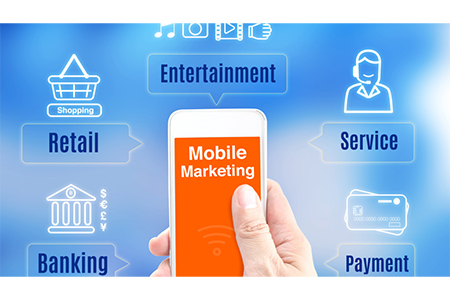
There are many reasons why businesses choose mobile advertising over other formats.
- Reach: You can connect with billions of users around the world.
- Personal touch: Ads can be personalized based on user behavior or preferences.
- Speed: Users can act on an ad right away by clicking, calling, or downloading.
- Flexible budgets: Small or large, every business can find a pricing model that fits.
- Creative freedom: From banners to rich media, the formats allow for many styles.
- Stronger engagement: People interact more with mobile ads than they do with desktop or print ads.
- Better data: Advertisers get detailed reports on who saw the ad, how they reacted, and what happened next.
These benefits make mobile advertising a smart choice for brands that want results.
Real-World Examples of Mobile Advertisements
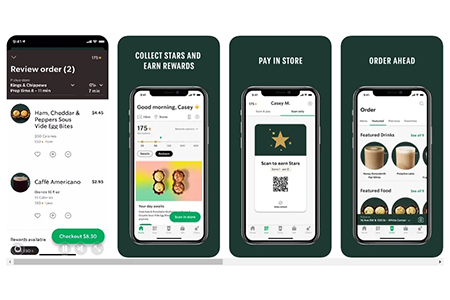
Let us look at how real brands use mobile ads to make an impact.
- Spotify Wrapped: Every year, Spotify runs a campaign showing users their top music for the year. These are promoted with mobile ads that people love to share.
- Domino’s Pizza: They use mobile advertising to send lunch offers around noon. These geo-targeted messages help boost orders during peak hours.
- Nike Stories: Nike uses interactive stories to allow users to swipe through products. This keeps people engaged and increases clicks.
- Duolingo: The app runs rewarded ads. Users watch a short video to continue learning. It adds value for users and drives ad revenue.
- Starbucks App Alerts: Starbucks sends in-app messages when a user is near a store, offering deals on drinks or snacks. It brings people in without needing them to search.
These examples show that well-placed and well-timed mobile ads can do more than sell, they can build relationships and habits.
What is the Cost of Mobile Advertising?
Costs depend on what kind of ad you run, who you are targeting, and what you want to achieve. Here are the common pricing models:
- Cost Per Click (CPC): You pay when someone taps your ad.
- Cost Per Mille (CPM): You pay per thousand times the ad is shown.
- Cost Per Action (CPA): You pay when someone completes a desired action like making a purchase or filling out a form.
Other factors that affect cost include:
- Audience details: Narrower targets often cost more.
- Ad type: Rich media and video cost more than banners.
- Industry: Some sectors are more competitive than others.
- Timing: Ads during peak hours or events may cost more.
Even with these factors, mobile advertising remains one of the most cost-effective ways to reach people, especially when compared to print or television.
Conclusion
Phones are personal. That is why mobile advertising works. It meets people in their daily moments, while they are relaxing, exploring, or shopping. And because it is always there, it has the power to build trust, drive action, and grow your brand.
If you want to connect with people in real-time, where it matters most, mobile ads are your best move. At Excellent Publicity, a leading mobile advertising agency, we help businesses tap into the full power of mobile advertising to get real results. From planning to launch, we are here to guide you through every tap, swipe, and scroll.
FAQs
It means showing ads to the right people. That could be based on where they are, what they like, how old they are, or even what they searched for recently.
Start by picking your goal. Then choose your audience, design your ad, set your budget, and launch. Keep it short, clear, and built for phones. Test what works and improve it as you go.
You can see how many people saw your ad, clicked it, or took action. Tools show numbers like views, clicks, sales, and more to help you know what is working and what is not.
People use phones differently. Mobile ads are built for smaller screens and quicker actions. They often use touch, location, and short bursts of attention, unlike desktop ads, which suit longer browsing sessions.
It is a way of buying ads using software. Instead of placing ads by hand, it happens automatically. The system picks the best spot for your ad using data and real-time decisions.
Good ads feel like part of the app or content. Bad ones interrupt or annoy. If an ad fits well and loads fast, people are more likely to look at it without getting frustrated.



